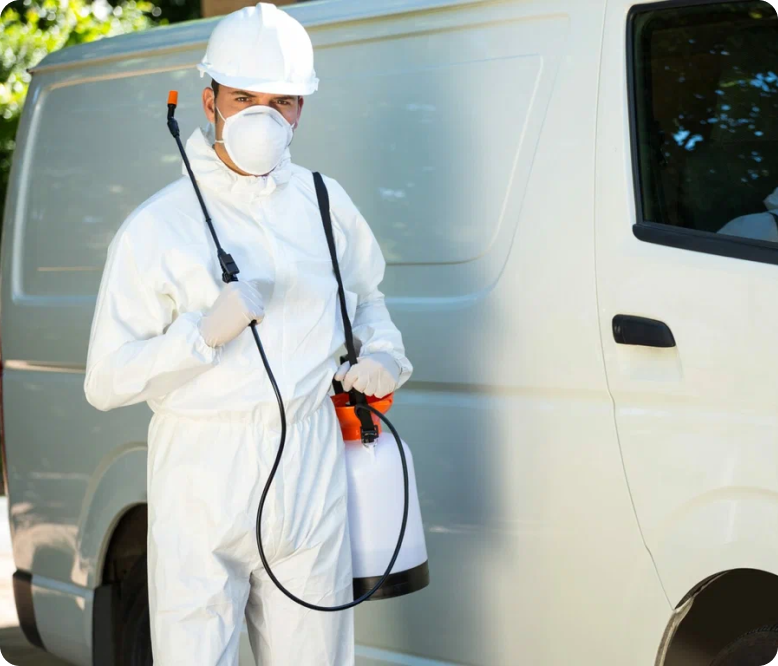
The Silent Destroyers Lurking in Your Walls
Termites are small, soft-bodied insects that feed on cellulose—the organic material found in wood, paper, and plants. While they play a vital role in natural ecosystems by breaking down dead wood, termites become a serious threat when they invade homes or buildings. Often operating undetected, termites can cause structural damage long before visible signs appear, making them one of the most destructive pests in North America.
At Blackwood Pest Solutions, we specialize in identifying and treating all types of termite infestations with proven methods that eliminate the colony and protect your property from future damage.
Common Types of Termites
Several termite species are found throughout the U.S., but these are the ones most likely to invade homes and businesses:
Subterranean Termites (Family: Rhinotermitidae)
- The most destructive species in North America
- Build mud tubes and live underground
- Require moisture from soil
- Enter buildings through foundations, expansion joints, or plumbing
Drywood Termites (Family: Kalotermitidae)
- Nest directly in dry wood (e.g., walls, beams, furniture)
- Do not need soil contact
- Often introduced via infested lumber or furniture
- More common in warm, coastal, and dry regions
Dampwood Termites (Family: Termopsidae)
- Prefer water-damaged or decaying wood
- Found near leaky pipes, wood-soil contact, or areas with poor drainage
- Less likely to infest homes unless there’s ongoing moisture
Signs of a Termite Infestation
Because termites work from the inside out, early signs are subtle. Be on the lookout for:
- Mud tubes along foundation walls or crawl spaces
- Swarming winged termites (especially in spring and fall)
- Discarded wings near windows, doors, or light fixtures
- Hollow-sounding or blistered wood
- Tight-fitting doors or windows (caused by wood warping)
- Termite droppings (drywood species) that resemble tiny pellets
If you suspect termite activity, professional inspection is key. Damage often goes unnoticed until it’s severe.
Are Termites Dangerous?
While termites don’t bite, sting, or spread disease, their impact is financial—and serious:
- Property Damage – Termites cost U.S. property owners over $5 billion annually
- Structural Risk – Long-term infestations can weaken beams, flooring, and support structures
- Resale Value – Untreated termite damage can reduce your home’s marketability and value
- Insurance Gap – Most homeowners insurance does not cover termite-related repairs
How to Prevent Termites
Protecting your property starts with reducing access and removing favorable conditions:
- Eliminate wood-soil contact around your foundation
- Fix leaky faucets, gutters, and HVAC lines
- Store firewood away from your home
- Seal cracks around plumbing, vents, and utility lines
- Schedule annual termite inspections
- Use termite-resistant building materials in new construction
Our Termite Control Approach
At Blackwood Pest Solutions, we don’t just treat termite damage—we stop termites at the source. Our process begins with a detailed inspection to identify the type of termite, locate colonies, and assess structural vulnerabilities. We then apply targeted, EPA-registered treatments—such as liquid barriers or baiting systems—designed to eliminate the entire colony and protect your property long-term. Whether you’re dealing with subterranean, drywood, or dampwood termites, our expert technicians create a custom plan that includes treatment, monitoring, and prevention strategies. We’ll also advise you on moisture control and structural repairs to reduce the risk of future infestations.
Get In Touch



